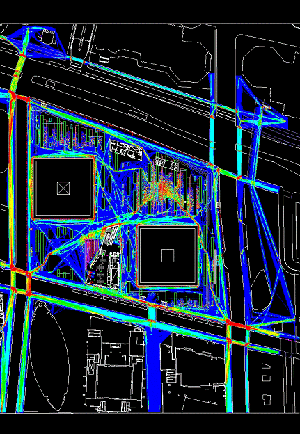Old school planning programs slammed
 Some of the biggest names in transport planning say current computer models are inadequate and obsolete.
Some of the biggest names in transport planning say current computer models are inadequate and obsolete.
In the most damning condemnation of current models to date, authorities say the systems to predict people’s reaction to transport policies are no longer effective.
The International Symposium on Activity-Based Modelling hosted by UNSW has heard that new, advanced and innovative algorithms must be rolled-out to get a proper gauge of future planning decisions.
Conference speakers, including government planners, academics and industry representatives, say the standard four-step models used for transport demand forecasting in most cities and towns worldwide are now out of date.
The level of detail offered by new models enables urban planners to accurately compare the outcomes of different policy decisions, such as raising the cost of a toll road. Traditional four-step models, with limited capability, simulate the impact of policy changes on geographic zones rather than individuals.
Cost, complexity, and the lack of computer resources to power the models have impacted the pace of their adoption.
A leading researcher says authorities need to step up.
“After 15 years of people thinking and talking about these frameworks - especially their sensitivity to transport policy - we still don't see many operational activity-based models outside the United States, probably due to their complicated structure compared to four-step models,” Dr Taha Hossein Rashidi, a lecturer at UNSW's School of Civil and Environmental Engineering, says.
Symposium speakers represented the majority of activity-based models currently in operation around the world, including those from the US cities of Chicago, Austin, San Francisco and Phoenix, as well as models developed for Jerusalem, Tel Aviv and the Netherlands.
Dr Rashidi says pushing for change is having an effect, thought there are still some who say four steps is all they will ever need.
“People who were not even comfortable accepting the advantages of activity-based models at the start of the symposium were convinced by the end that the tools are good enough to trial,” Dr Rashidi said.
“That’s a good outcome.”








 Print
Print